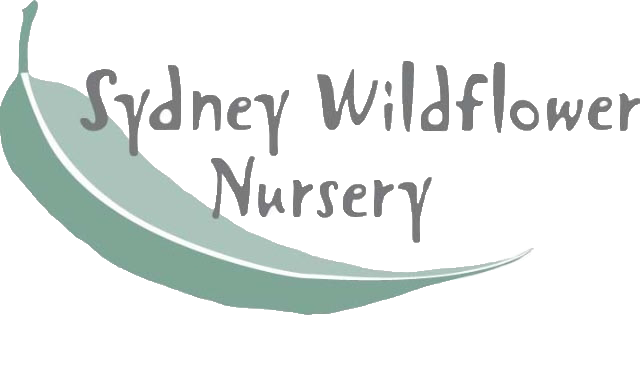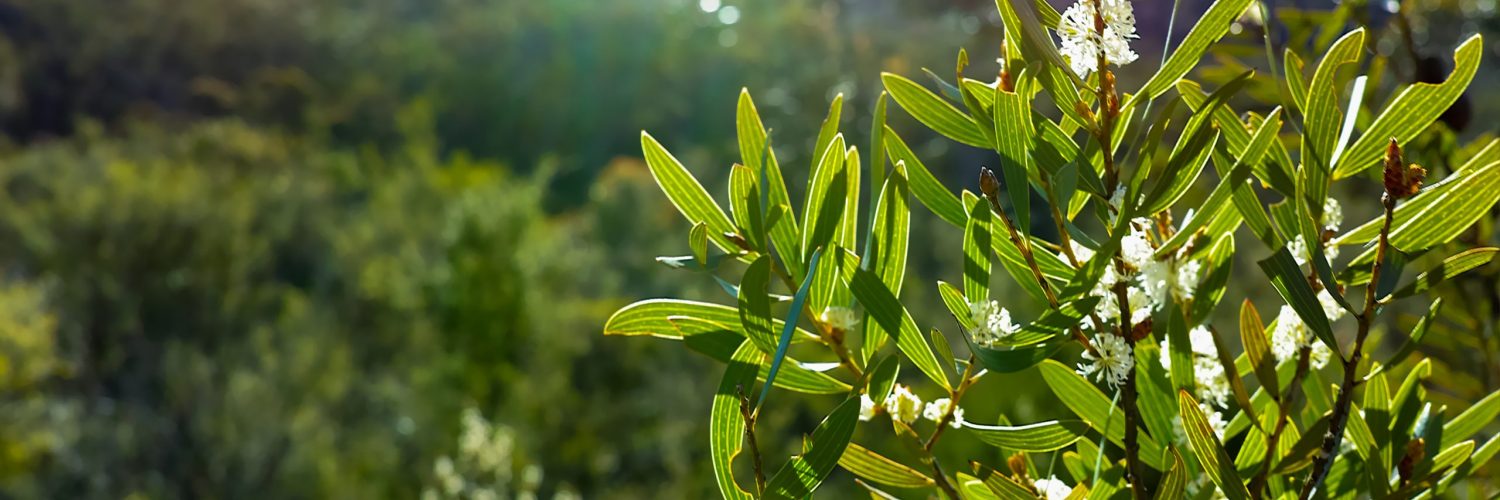
Plants
Native plants, especially plants that are endemic to your area, are ideally suited to the local environmental conditions. They require less water, provide food and shelter to attract native birds, butterflies and lizards, and are tolerant of Australia’s ancient soils.
Choosing native plants for your garden saves time, money and helps preserve the beautiful and unique heritage of our natural landscape. There are plants for every garden style, soil type and aspect and our trained horticulturalists and designers can help you decide what plant would best suit your landscape.
Acacia
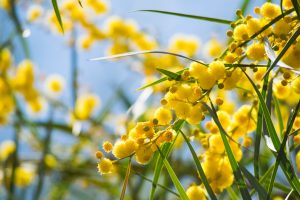
With over 1000 species of Acacia found in Australia alone, Acacia – or wattles – are one of the world’s oldest and most prolific plants. They are found in every terrestrial habitat from alpine settings and rainforests, to woodlands, grasslands, coastal dunes and deserts. In Australia, acacia forests are the second most common forest type after Eucaplytus forests and make up around 8% of total forest area. They are also the nation’s largest genus of flowering plants.
There is an Acacia for every garden. Fast-growing, hardy and nitrogen- fixing, these plants make wonderful garden specimens, screening plants and food sources for many birds, bees and butterflies.
Banksia
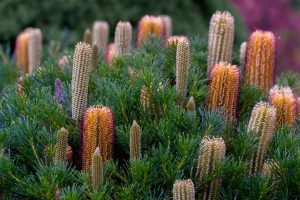
Ranging in size from prostrate shrubs to majestic trees, Banksia is a genus of around 170 species with all but one endemic to Australia. They are found in a wide variety of landscapes from sclerophyll forest to rainforest and are an important food source for nectarivorous animals such as birds, possums, and stingless bees.
Popular garden plants with large, showy flower heads ranging in colour from yellow and orange to pink and violet, Banksias are perfect for a sunny, well-drained spot. Some will tolerate shade and all provide your garden with year-round interest with their architectural leaves and flower cones.
Boronia
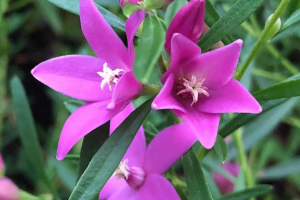
Members of the Boronia group include Boronia, Correa, Eriostemon, Leionema, Philotheca, Phebalium and Zieria. Like most plant families, some species are easier to grow than others but all make up for it with their beautifully fragranced leaves or flowers.
Generally found in open forests and woodlands, members of the Boronia group like regular water, excellent drainage, protection from harsh sun and light soils. These are great plants for dappled shade such as under Eucalyptus or other light canopied trees.
Callistemon
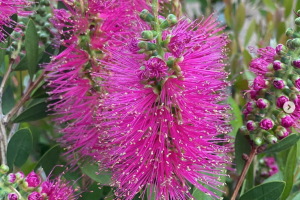
Callistemon, commonly known as bottle brushes, are a genus of shrubs in the Myrtaceae family. They’re hardy plants that thrive in heavier soils and flower prolifically in spring, attracting birds and other nectarivorous animals to the garden.
Suitable in positions from full sun to part shade, Callistemon come in many sizes from low, prostrate shrubs up to larger weeping trees. Some are suited to container growing as well, providing an excellent flowering specimen for balconies, porches and other difficult spots.
Eremophila
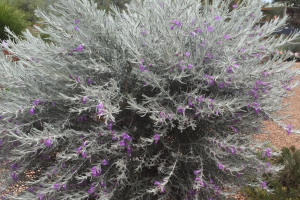
With more than 260 species, all of which are endemic to Australia, Eremophilas vary in size, shape and leaf colour and are found mainly in arid regions. Interestingly, there are no Eremophilas in Tasmania.
As propagation methods have improved, Eremophilas have become more popular. Abundant in flower, variety of foliage and habit, their extended flowering period and ability to attract insects and birds make them attractive plants for the home gardener. As a bonus most are drought resistant, some are frost tolerant, and all have a low nutrient requirement making them easy, low-care plants.
Eucalyptus
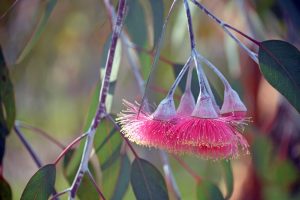
Eucalyptus is a genus of over 700 species ranging from mallee shrubs to tall trees with every state in Australia having a representative species. Now found all over the world, the genus is predominantly native to Australia with just nine of the 15 species found outside Australia being exclusively non-Australian. Two similar genera – the Corymbia and Angophora – are also commonly referred to as Eucalypts.
Diverse leaf shapes from round to lanceolate, bark ranging from smooth to rough, striking bark colours from white and grey to salmon and black, plus flowers and striking gum nuts in colours make many Eucalyptus wonderful feature trees for the home garden.
Grevillea
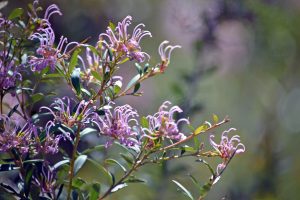
There are over 350 species of Grevillea endemic to Australia ranging in size from ground cover to majestic trees. Extensive hybridisation has resulted in an amazing array of named cultivars with spectacular flowers in every colour imaginable.
Great for attracting birds to the garden, Grevilleas have a long flowering period and many will spot flower throughout the year. Flowers range from large, pendulous blooms to tiny insect attracting flowers and the foliage is just as diverse and can be used to create a stunning green tapestry in the garden.
Preferring a well drained, sunny spot there are still a number of cultivars that will tolerate shade, heavier soils and even container growing.
Waratah
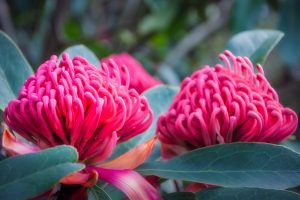
The Telopea genus is an Australian endemic family of five species native to the southeastern pars of Australia. Probably the most well known is the Telopea speciosissima which has bright red flowers that bloom in late winter/early spring.
Preferring sandy, well drained soil and dappled light, these understory plants have a reputation as being difficult to grow but when they’re in the right spot they will reward you year after year with show stopping blooms ranging from crimson through to white.
Striking, architectural and instantly recognisable, Xanthorrhoea – commonly known as grass trees – are a genus of around 30 species endemic to Australia. Growing slowly at a rate of around 2-5 centimetres per year, Xanthorrhoea are often very long lived with some estimated to be 350-450 years old.
Xanthorrhoea are an important species for First Nations Australians. Nectar from flowers were traditionally used to form a sweet drink, flower spikes are used to make fishing spears or fire sticks and the resin was used as a glue for spear making and patching water containers.
SYDNEY WILDFLOWER NURSERY
Since 1983, the Sydney Wildflower Nursery at Heathcote has been providing residents and visitors from around Australia with quality native Australian plants.
Supplying plants for jobs big and small we pride ourselves on our knowledge, passion and extensive range of beautiful and unusual Australian native trees, shrubs and wildflowers.
